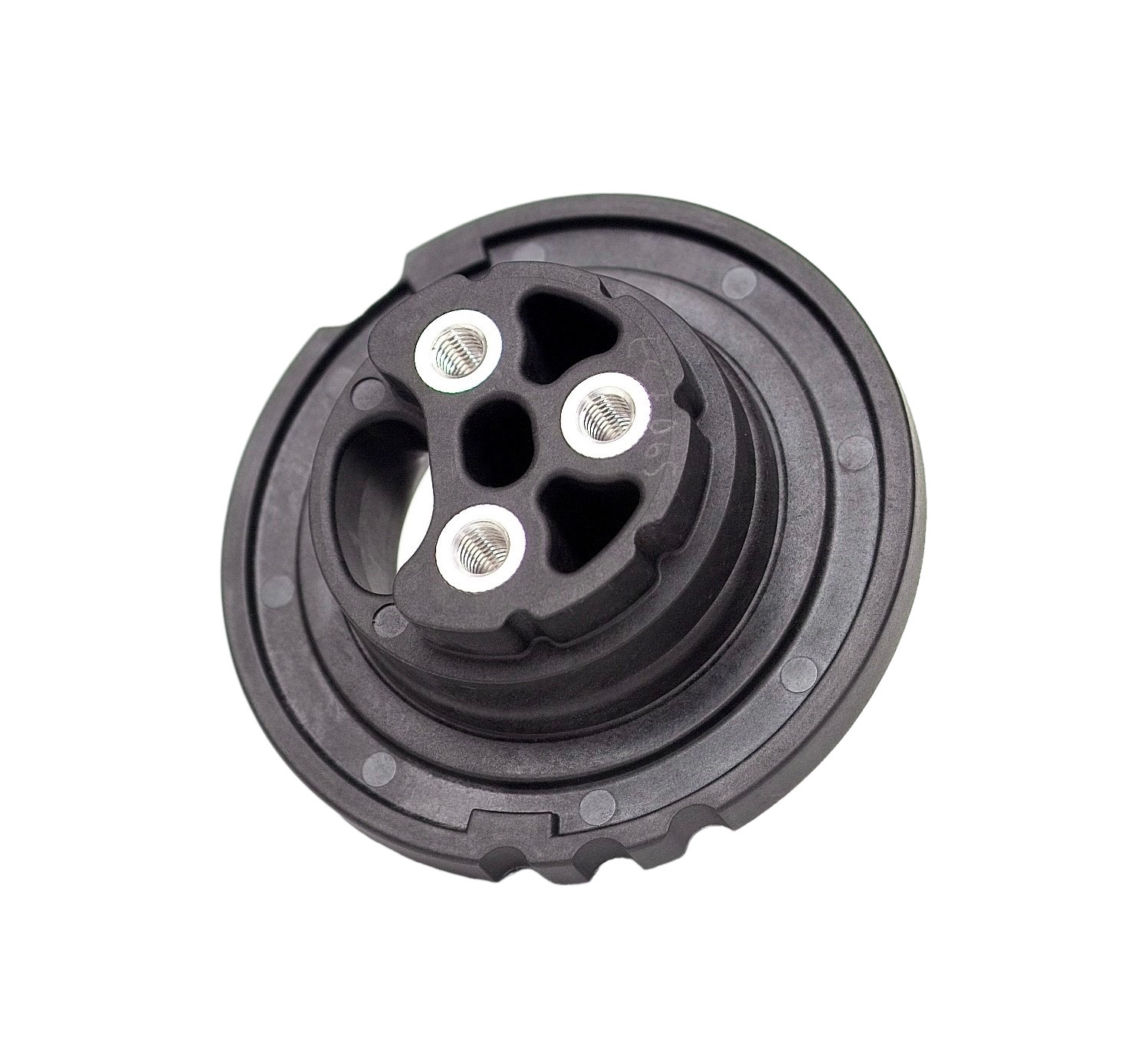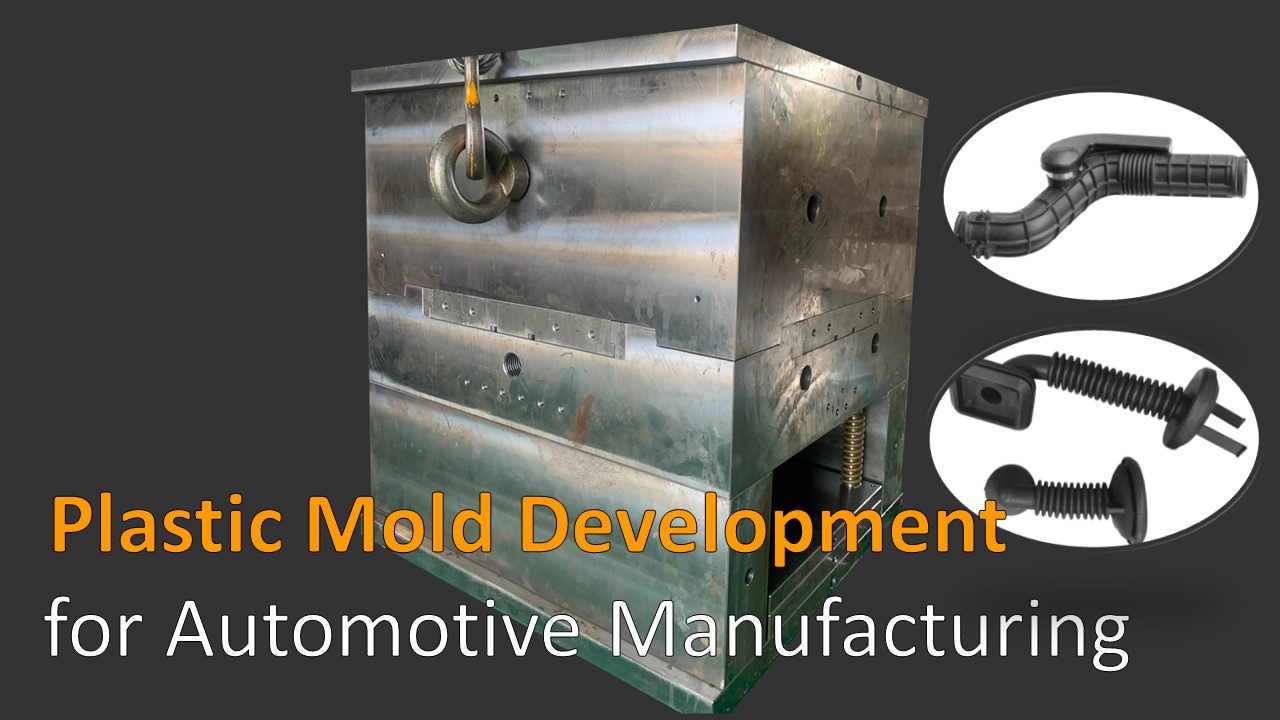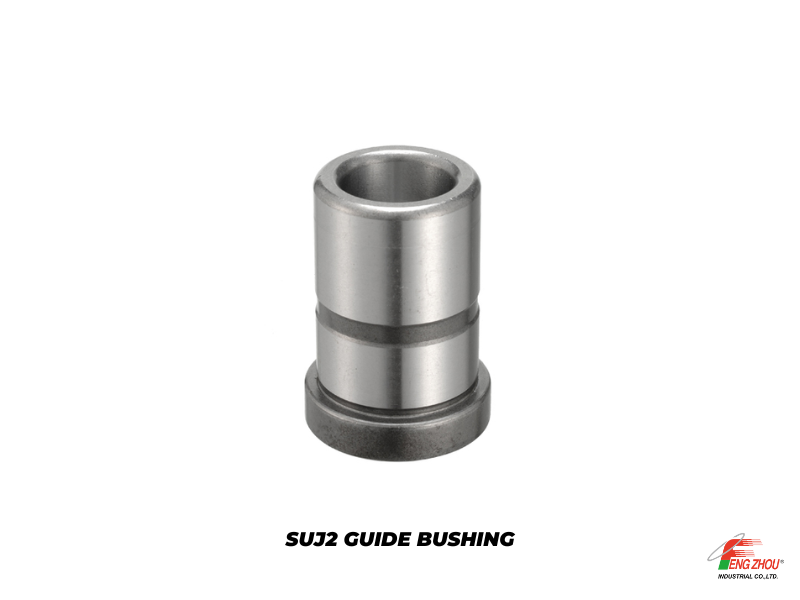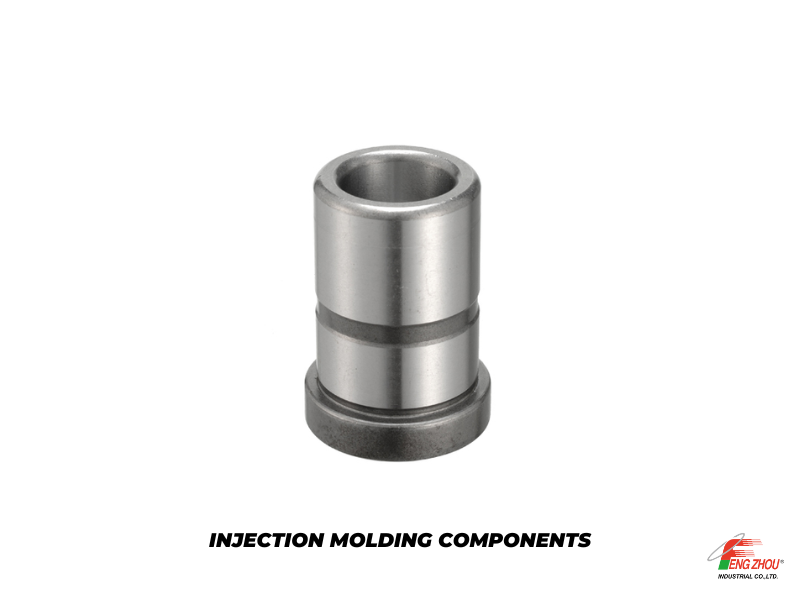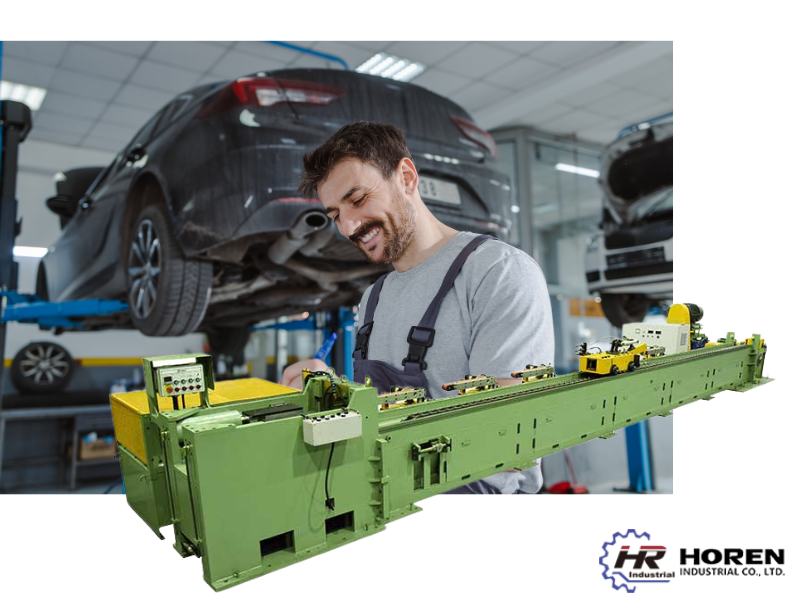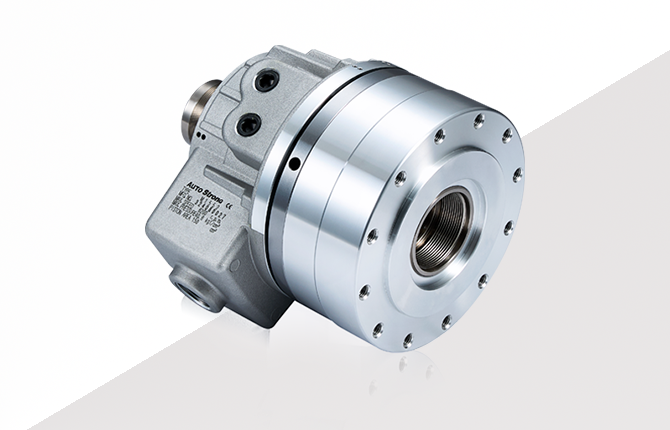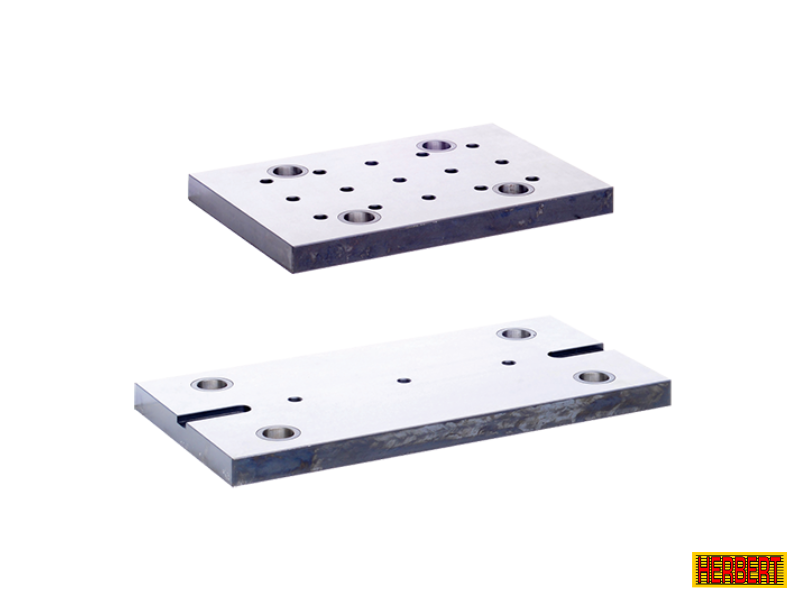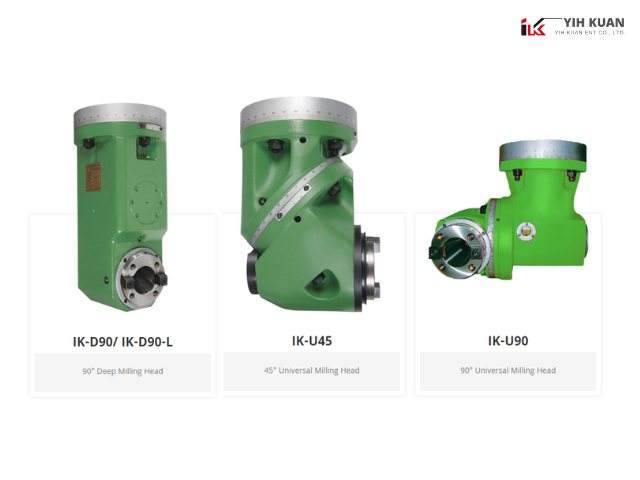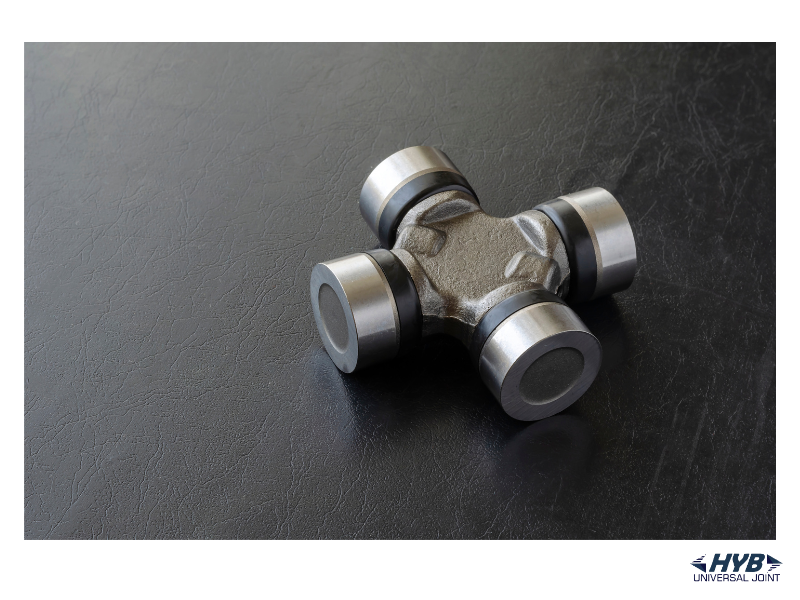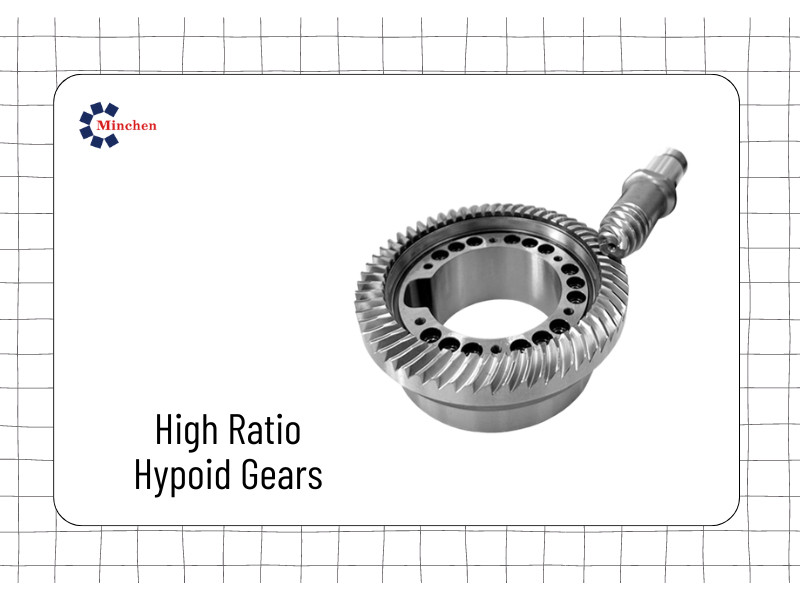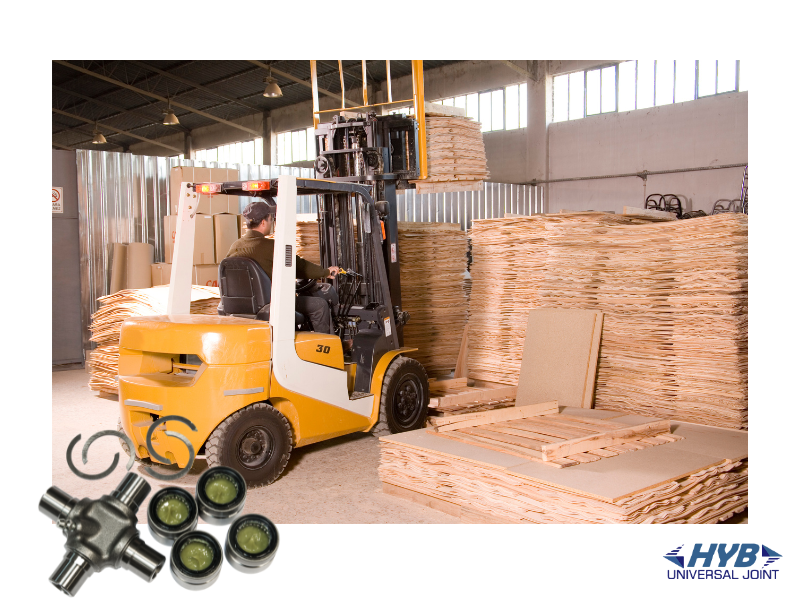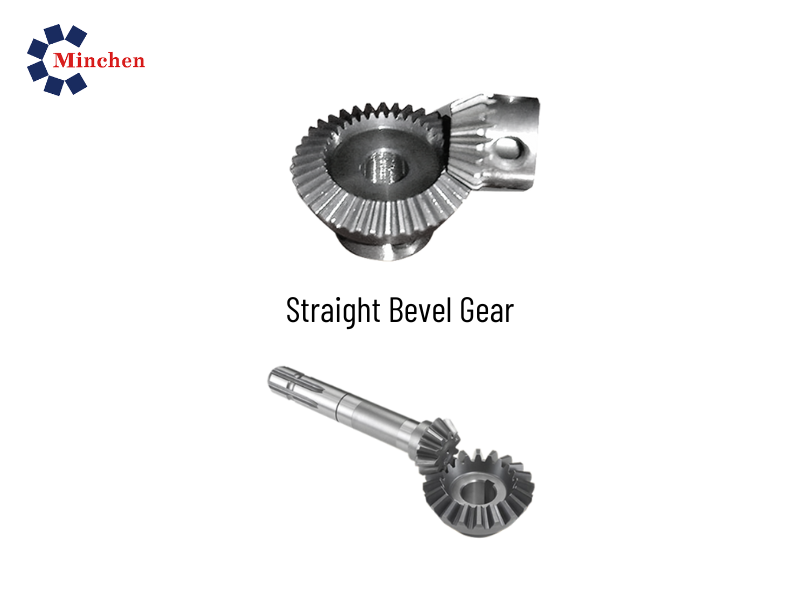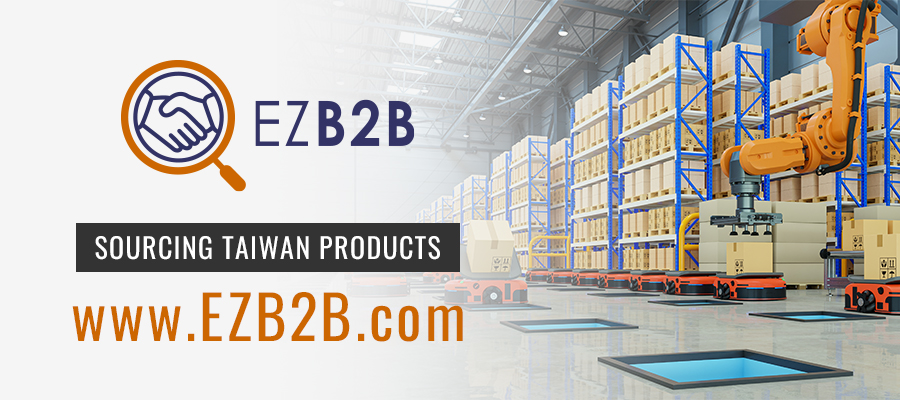Types of Slitting Machine
2023-10-20Machinery
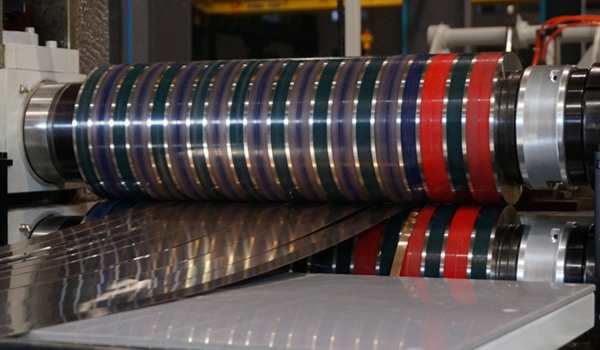
Suppose you have a roll of any material that is too wide for the roll-fed procedures, like a laminator, printer, or die cutter. What would you do?
Ideally, you should cut down on inventory and material costs. This can be achieved by purchasing medium-sized rolls and cutting them into the desired sizes. For this purpose, let's learn the different types of slitting machines.
What Is a Slitting Machine?
The machine responsible for roll cutting is termed a slitting machine, a slitter, or a slitter rewinder. Roll slitting is a shearing operation that cuts a huge roll of material into thinner rolls. The terminology for log slitting goes back to the times of sawmills when logs were being cut into smaller pieces.
The sawmills were also used to cut iron rods into little portions. But in today's age, slitting is a procedure in which a coil of material is cut into smaller coils of lower widths.
Slitting is an effective alternative to other procedures owing to the versatility of the materials and high productivity. Rewind slitting includes rewinding the material through a series of knives in order to make thinner rolls.
The Slitting Procedure
In a slitting machine, the three leading components are known as the rewind, the slitting section, and unwind. Slitter rewinders are usually employed to cut paper, plastic films, and metal foils.
As for the unwind, it is usually a pause to maintain precise tension in the material. A few machines boast a driven unwind that decreases the influence of inertia during the unwinding of a tension-sensitive material or heavy rolls.
Finally, the slitting section displays three primary components - razor slitting, crush cut slitting, and rotary shear slitting. Some options are included in the rewind section as well, but the primary category is center winding utilizing differential rewind shafts.
Types of Slitting Machines
Broadly speaking, two types of slitting machines exist in the market. These are known as slitter rewinders and roll slitters. Both are loosely termed slitting machines, serving some differences.
Each type presents some perks based on the needs. Let's understand both machines.
Roll Slitters
This is called by different names, such as:
● Single knife roll slitters.
● Log slitters.
● Baloney slicers.
● Baloney cutters.
Roll slitters utilize a fixed band blade or a wide circular blade to thoroughly cut through the roll of a flexible material. This slitting machine even cuts through the core of the material.
The core of the majority of master rolls is 3". There is no need for the master roll to be unwound. It is possible to skip the lengthy process of arranging empty cores and slitting blades.
Automatic models feature auto-cutting and positioning. Plus, these are PLC-controlled. These slitters can cut through varying materials, like the following:
- PVC
- Double-sided adhesive tape
- Foam
- Self-adhesive tape
- Gasket
- Application tape
- Rubber
- Vinyl
Roll slitters are more useful than slitter rewinders due to the following:
- Affordability
- Quick and smooth arrangement
- No need for pre-cut cores
- Quickly makes single cuts
Slitter Rewinders
This slitting machine cuts the master roll into any preferred thickness roll. First, it unwinds the master roll, followed by passing the whole web into a set of slitters. Then, it rewinds the sections on a brand-new core.
Slitter rewinders display an unwind for holding the master roll. The machine presents a multi-blade slitting station with flexible slitting heads. This allows the cutting of a wide material into the desired thickness.
It also adds single or duplex rewind shafts responsible for holding the empty cores to rewind the slit material.
This machine can be outfitted with different slitting styles, such as score, shear, and razor slitting. Slitter rewinders can not only rewind material from one roll to another but also cut the material into thinner rolls.
A digital counter measures the quantity of material you rewind. The machine can be adjusted to your particular industry budget and preferences. Here are the basic features of a standard slitter rewinder:
- Manual tension control
- A single rewind shaft
- Razor slitting
However, an upgraded slitter can have these additional features:
- Duplex differential rewind shafts
- Score slitting
- Intuitive tension control
- Shear slitting
Differential shafts are flexible to enable tension at the same shaft to balance from one slitting roll to another. This is particularly needed when material width differs throughout the web.
Here are the perks of this machine:
- Can cut a measured length or yardage of material from a master roll
- Provides the best possible slit-edge standard
- Can rewind on changing core sizes
- Various cuts at the same time
Parts of a Slitting Machine
Slitting is accomplished on slitting lines, which includes 4 common components. These are as follows:
- Pay-off or Uncoiler Reel: This firmly grasps the master coil on the internal diameter utilizing a stretchable mandrel. The coil is fed to the slitter by jogging or rotating the mandrel.
- Slitter: This consists of 2 parallel arbors positioned by rotary cutting knives. The knives partially penetrate the coil stock resulting in a fracture or crack on both sides. This is how the material is separated.
- A Recoiler: The recoiler takes the slit coils at a driven, stretchable mandrel. It is fitted with separator discs.
- A Tensioning Unit: This component is mounted between the subsequent recoiler and the slitter. The unit is required since the master coil is bigger in width or crowned at the middle of the diameter as compared to the edges.
Without a tensioning unit, the cut material from the middle of the master coil would have more space quickly, whereas the outboard strips would loosely hang.
Which Materials Can Undergo Slitting?
Almost any flexible material is eligible for the process. However, here are the most common ones:
- Foil
- Paper
- Nonwovens
- Vinyl
- Adhesive tape
- Plastic
- Rubber
- Foam
- Textiles
Conclusion
It's clear why these slitting machines are so often used in industrial applications. With these tools, your business will move swiftly and efficiently, so give them a chance! Contact us to find your perfect slitting machine!
